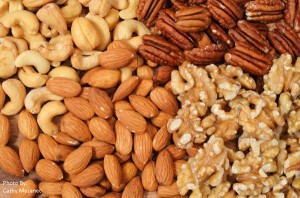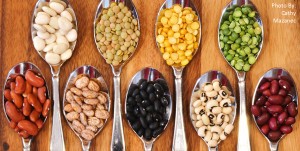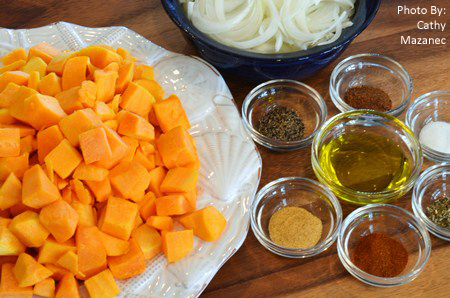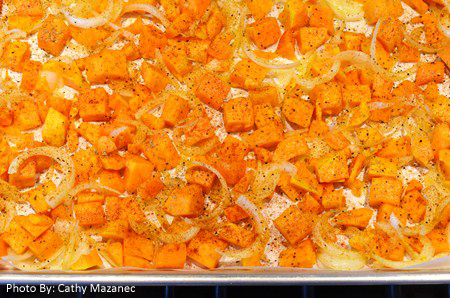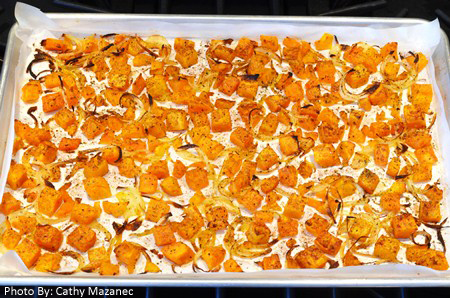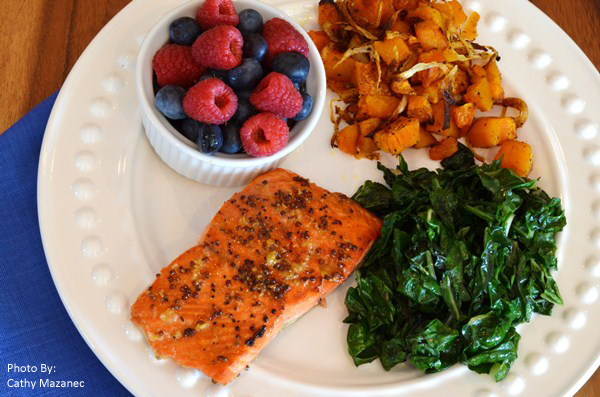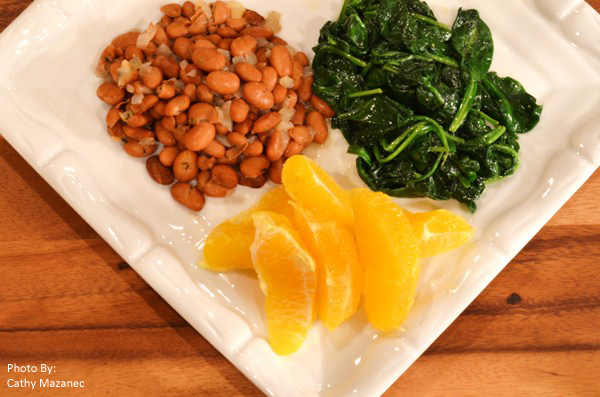In Part 1, we reviewed 3 nutrients that help stabilize moods: Folate, Omega 3 Fatty Acids and L-Theanine. Read further to learn 3 additional nutrients that have a positive impact on our moods and energy levels.
Magnesium is crucial for more than 300 body functions including anti-anxiety benefits. Though abundant in whole foods, magnesium is often stripped from packaged foods through food processing techniques. The RDA for magnesium is roughly 300-400 mg per day. However, most people obtain only 200 mg or less each day from their diets.
Food sources of magnesium include:
- Whole grains (buckwheat, quinoa, wheat bran, millet, brown rice)
- Beans (soybeans, pintos, black eyed peas, lentils)
- Leafy greens (beet, collard and dandelion greens, spinach, Swiss chard)
- Nuts (almonds, cashews, Brazil nuts, peanuts, pecans)
The RDA for magnesium for adults is:
19-30 years old: 310 mg/day for women, 400 mg/day for men
31 years and older: 320 mg/day for women, 420 mg/day for men
Strive for 5-6 servings of high magnesium foods every day to achieve optimal intake and to improve your mood.
(Note that many high magnesium foods are also high in folate-another mood boosting nutrient).
Click here for a list of high magnesium foods.
Supplement Facts:
Because of its calming effect, when taken at bedtime, magnesium glycinate may assist with restful sleep. Talk to your health care provider or nutritionist about whether magnesium glycinate is appropriate for you. If so, look for a high quality magnesium glycinate supplement (like Pure Encapsulations®, Thorne®, or KAL®) at Whole Foods or on-line. In addition, magnesium glycinate can be compounded at a compounding pharmacy (prescription required).
For more information about Magnesium, check out these articles from NIH and the University of Maryland Medical Center.
 5. LOW GLYCEMIC CARBOHYDRATES (high fiber, slow digesting)
5. LOW GLYCEMIC CARBOHYDRATES (high fiber, slow digesting)
Did you know carbohydrates boost serotonin, the "happy" brain chemical? Serotonin levels can decrease in the winter months due to lack of sunlight. This can cause some folks to crave carbs and over-reach for sugar and white, processed starches. Unfortunately, these high glycemic carbs (quick digestion followed by a fast spike and crash in blood glucose) can rob your energy and perpetuate a sugar craving. This scenario can also create the potential for winter weight gain.
Break this cycle by foregoing the sweets and choose low glycemic, slow digesting carbs instead. Low glycemic carbs are a healthy way to boost serotonin levels. In addition, they fill you up quicker and keep you full longer. This eliminates glucose spikes and crashes which can help prevent mood swings.
Remember to keep your portion of low glycemic, starchy carbs to ¼ of your plate.
Sources of Low Glycemic Carbs include:
- Beans (pintos, limas, black beans, black-eyed peas, kidney beans, lentils)
- Whole grains (quinoa, amaranth, millet, buckwheat, brown rice, wild rice, steel cut oats)
- Winter squashes (butternut and acorn)
- Sweet potatoes
Another way to stabilize your mood and energy level is to "anchor" all of your carbs (at meals AND snacks) with a lean protein and a little healthy fat. Lean protein promotes healthy glucose levels by slowing digestion and releasing glucose slowly into the blood stream. Like low glycemic carbohydrates, lean protein prevents glucose spikes and crashes which helps prevent mood swings.
Sources of lean protein include:
- Fish
- Poultry
- Bison
- Beef
- Beans
- Eggs
- Dairy
- Nuts
- Tofu and tempeh
Digging Deeper
If healthy nutrition and lifestyle efforts (regular exercise and daily exposure to natural sunlight) do not improve your moods, have a conversation with your primary care provider about a variety of treatment options.
Resources:
-Institute for Functional Medicine, Clinical Nutrition, 2004.
-Hyman, Mark, The UltraMind Solution, 2008.
-Dietary Supplements Fact Sheets, National Institutes of Health, Office of Dietary Supplements, 2012.
-Complementary and Alternative Medicine Guide, University of Maryland Medical Center, 2013.
-Korb, Alex, PhD, Boosting Your Serotonin Activity, Psychology Today, 2011.
-Consumerlab.com, 2014
Roasted Butternut Squash
Makes 8 Servings
Ingredients
2 lbs cubed butternut squash
2 tablespoons extra virgin olive oil
1 large Vidalia onion
1/2-1 teaspoon Lawry’s Seasoned Salt (optional)
1/2 teaspoon ground black pepper
3/4 teaspoon paprika
1/2 teaspoon nutmeg
1/2 teaspoon sage
Vegetable cooking spray
1/3 teaspoon white sugar
Directions
- Pre-heat oven to 400 degrees.
- Slice Vidalia onion into very thin slices.
- Place squash cubes and onion slices in large zip-top bag and add olive oil. Seal bag and toss vegetables until evenly coated in oil.
- Spray baking sheet with vegetable cooking spray.
- Place squash and onions in a single layer on baking sheet and sprinkle Lawry’s salt, pepper, paprika, nutmeg, and sage evenly over vegetables.
- Before putting into the oven, lightly sprinkle sugar over the top of the vegetables.
- Bake for 30-40 minutes or until squash and onions are golden brown and cubes are tender on the inside.
Click here to find recipes for Salmon and Sautéed Greens in Part 1.
Pinto Beans with Herbs
Makes 6 (1/2 cup) Servings
(You can also use cannellini, kidney beans or black-eyed peas)
Ingredients
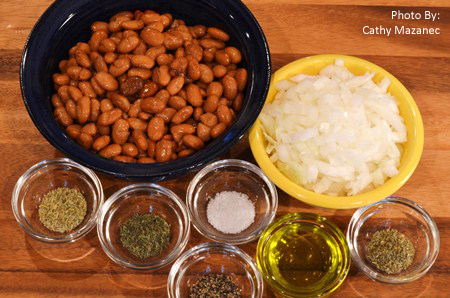
3 cups cooked pinto beans from dried or canned (2-15 oz. cans rinsed and drained)
1 medium to large Vidalia onion
¼ tsp salt
¼ tsp black pepper
¼ tsp crushed rosemary
¼ tsp dried thyme
¼ tsp dried sage
2½ cups water
1½ Tbsp olive oil
Directions
- Combine all ingredients in a pot. Bring to a boil.
- Reduce heat to LOW and simmer for 20 minutes until onions are tender and clear.
Click here to find the recipe for Sautéed Greens in Part 1.
Click here for a printer-friendly version of this blog post.
Click here for a printer-friendly version of these recipes.
